Making math fun for young learners starts with choosing age-appropriate toys and games that turn learning into play. Use colorful counting blocks, puzzles, and manipulatives like abacus sets to develop skills naturally. Incorporate these toys into everyday routines, making activities engaging and hands-on. By doing so, you foster a positive attitude toward math and build a strong foundation. Keep exploring options, and you’ll discover even more creative ways to make learning enjoyable.
Key Takeaways
- Choose age-appropriate math toys that challenge children without causing frustration.
- Incorporate hands-on manipulatives like counters and puzzles to visualize mathematical concepts.
- Use play-based activities during daily routines to turn learning into fun, natural experiences.
- Engage children with pattern recognition and sequencing games to build critical thinking skills.
- Select toys that promote exploration, creativity, and a positive attitude toward math learning.

Have you ever wondered how to make learning math fun and engaging for young children? The key is choosing the right tools that not only capture their interest but also support their developmental needs. Math toys and games offer incredible educational benefits when selected with care, especially when you focus on age-appropriate options. These tools do more than just entertain; they help children develop critical thinking, problem-solving skills, and a solid foundation in mathematical concepts. When you pick toys suited for their age, you guarantee that the activities are challenging yet achievable, which keeps children motivated and prevents frustration. For example, simple counting blocks or shape sorters are perfect for preschoolers, helping them grasp basic numeracy and spatial awareness. As children grow, you can introduce more complex puzzles or games that involve addition, subtraction, or pattern recognition, maintaining their interest and encouraging deeper understanding.
Using age-appropriate options means you can tailor the learning experience to your child’s current abilities. Young children learn best through play, so choosing toys that match their developmental stage allows them to explore math concepts naturally and confidently. For instance, number puzzles with large, easy-to-handle pieces are ideal for toddlers, helping them recognize numbers and understand their sequence. For slightly older children, manipulatives like counters or abacus sets make abstract ideas tangible, enabling them to visualize math problems and solutions. This hands-on approach enhances their comprehension and builds a positive attitude toward math. Furthermore, understanding the different types of yarn for scarves can inspire creative ways to incorporate weaving or crafting activities that reinforce pattern recognition and sequencing skills. When the activities are suited to their age, children are more likely to stay engaged, develop a sense of achievement, and foster a love for learning.
Integrating math toys and games into daily routines creates a playful environment that encourages curiosity. You can turn everyday moments into learning opportunities by using toys that promote counting during snack time or shape matching while playing outside. The educational benefits extend beyond just understanding numbers; they also include developing fine motor skills, pattern recognition, and logical thinking. As you choose age-appropriate options, you set a solid foundation for future learning, making math less intimidating and more accessible. Remember, the goal is to make math a positive experience that sparks excitement and confidence, and selecting the right toys plays a vital role in achieving that. So, invest in thoughtfully chosen, age-appropriate math toys, and watch how your child’s curiosity and skills blossom through play.
Frequently Asked Questions
How Can Math Toys Improve Problem-Solving Skills?
You can boost problem-solving skills by using math toys that challenge you to recognize number patterns and improve spatial reasoning. These toys encourage you to think critically, experiment with different strategies, and discover solutions on your own. As you manipulate pieces and explore patterns, you develop a deeper understanding of math concepts, making problem-solving more intuitive and engaging. This hands-on approach transforms learning into a fun, productive experience.
Are There Math Games Suitable for Different Age Groups?
You’ll find plenty of math games suitable for different age groups, like interactive puzzles for older kids and simple number blocks for younger children. These toys engage learners at their developmental level, making math enjoyable. As you choose games, consider the child’s age and skill, ensuring they’re both fun and challenging. By incorporating age-appropriate tools, you help build a strong math foundation while keeping learning exciting.
How Do I Choose Age-Appropriate Math Toys?
When choosing age-appropriate math toys, you should consider their educational benefits and toy durability. Look for toys that match your child’s developmental level to ensure they’re engaging and challenging without causing frustration. Durable materials are essential for lasting fun and safety. Select toys that promote critical thinking and problem-solving skills, making learning math enjoyable. By focusing on these factors, you help your child develop a strong math foundation while having fun.
Can Math Toys Support Children With Learning Disabilities?
You might wonder if math toys support children with learning disabilities. The answer is yes, especially with tools like interactive puzzles and sensory activities. These toys help build confidence, improve focus, and reinforce math skills in engaging ways. By providing hands-on, multisensory experiences, you can make learning math more accessible and enjoyable for children with diverse needs, promoting their growth and understanding.
What Safety Considerations Should I Keep in Mind?
Safety is your top priority when choosing math toys and games for young learners, as ensuring child safety is essential. Always check for non-toxic materials and avoid small parts that could be swallowed—these tiny hazards are practically a danger to your child’s safety. Opt for toys with durable construction to withstand rough play, because nothing’s worse than a toy breaking apart and creating a safety risk. Prioritize safety and durability to keep learning fun and incident-free.
Conclusion
By incorporating math toys and games into your child’s playtime, you turn learning into a fun adventure. These tools help kids build confidence and develop essential skills without it feeling like a chore. Remember, when you make learning enjoyable, you’re killing two birds with one stone—encouraging a love for math while keeping things light and playful. So, keep exploring creative ways to make math engaging, and watch your young learner thrive.










